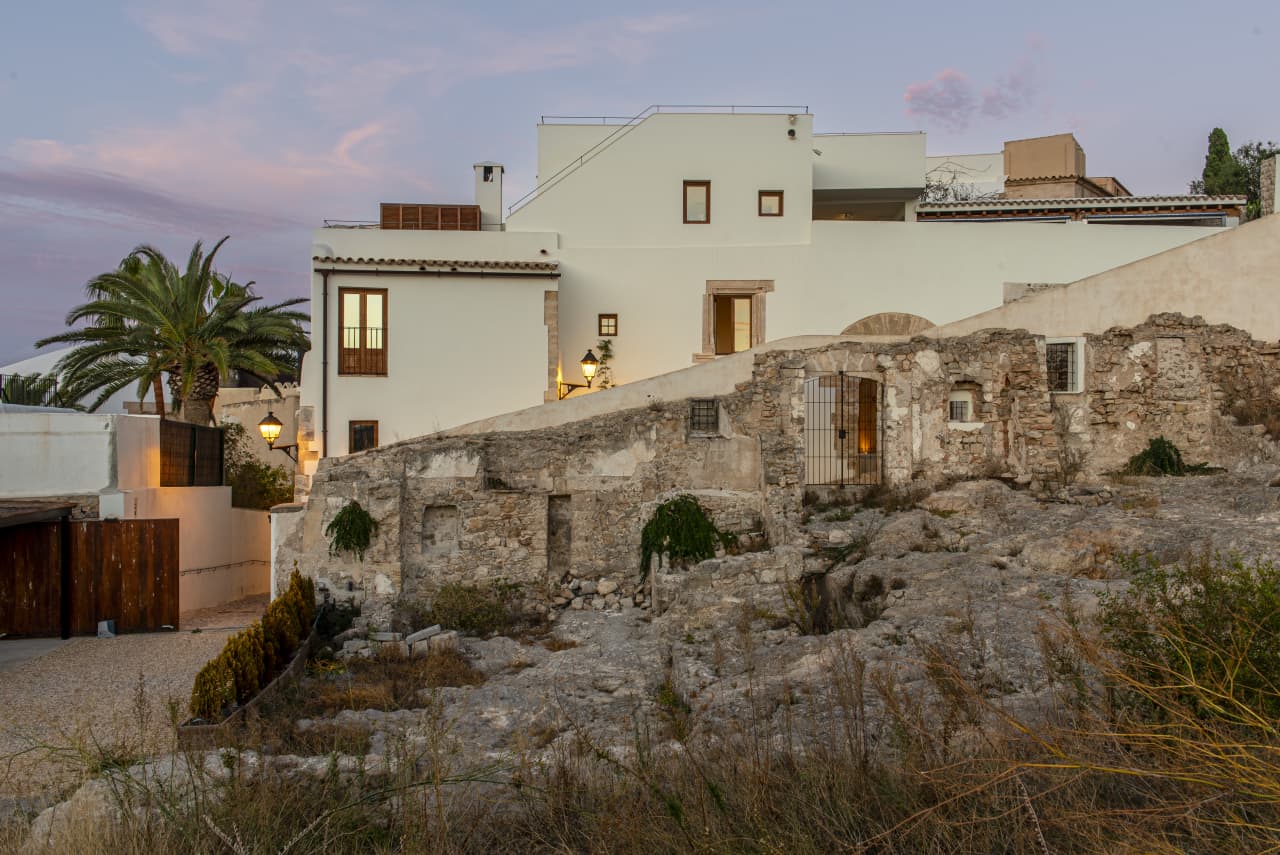Young Australians cut back on essentials while Baby Boomers spend freely
The spending gap between young and old Australians is growing, a new report reveals
Younger Australians in their mid-to-late-twenties have cut back on spending more than any other age group, while Baby Boomers aged over 65 years continue to spend above inflation, according to the latest CommBank iQ Cost of Living Insights Report. Those aged 25-29 years have reduced spending by 3.5 percent compared to last year, and they’re the only age group to have cut back on both essential and discretionary expenses.
CommBank and artificial intelligence company Quantium use de-identified payments data from CBA’s seven million customers every quarter to evaluate how Australians are spending their money and responding to today’s higher costs of living. One of the strongest trends is Australians reallocating more of their funds to cover essential expenses such as groceries and insurance and cutting back on discretionary items like apparel.
However, young Australians aged 25 to 29 are the only age cohort cutting back on essentials as well as discretionary items. During the March quarter, they spent 10 percent less on health insurance than they did in the March 2023 quarter, with CommBank saying this was the result of a 12 percent reduction in the number of people having coverage. They spent 7 percent less on utilities, 4 percent less on supermarket groceries and 3 percent less on insurance. The national trend encompassing all age groups was the opposite. Examples include a 3 percent increase in spending on groceries and an 8 percent increase on insurance.
“Compared to the national experience, where most people have had to increase spending on essentials, we are seeing the opposite trend amongst those in their twenties, with essential spending falling at a similar rate as discretionary,” said CommBank iQ Head of Innovation and Analytics Wade Tubman.
“This highlights the difficult choices people in this age bracket are making, with some having to make larger lifestyle changes like foregoing their health insurance altogether. The decrease in utilities spending could also suggest young Aussies are moving back in with parents or into shared accommodation to split costs.”
The average Australian is spending 3.6 percent more on essentials at an average of $1,472 per month, led by an 8 percent increase on insurance, 5 percent on medical and pharmacy, and a 3 percent bump on utilities, supermarket groceries and transport.
“Many Australians are having to allocate more of their wallet to essential living expenses, rather than other areas where they may prefer to direct their spending. The cost-of-living initiatives announced in the Federal Budget, for example the energy bill rebate, reflect the increased spending by Australians on essential items like energy,” Mr Tubman said.
The data showed continued growth in spending among Baby Boomers. “The wide gap in spending patterns across age groups continues to persist, with Australians in the 60 and older age bracket spending above inflation, especially on activities like travel, which is up 11 percent, general retail up 9 percent and eating out, up 7 percent,” Mr Tubman said.
The data shows that the older Australians are, the more money they are spending. Those aged 75-plus are spending 6.5 percent more at $2,408 per month. Those aged 70-74 are spending 5.1 percent more at $2,762 per month. Those aged 65-69 are spending 4.4 percent more at $3,253 per month and those aged 60-64 are spending 3.7 percent more at $3,331 per month. At the other end of the scale, Australians aged 25-29 are spending 3.5 percent less at $2,099 per month and those aged 30-34 are spending 0.6 percent less at $2,568 per month.
Australians living in regional areas are holding up better amid today’s high cost of living.
“While spending in regional areas continues to outpace that of metro areas, this gap has narrowed when compared to previous quarters. This raises the question whether people in metro locations have downsized their wallets to adjust to higher prices, and what spending growth remains is now ‘the new normal’,” Mr Tubman said.
Spending was most resilient in Queensland, the ACT and South Australia. The data shows per capita spending on travel and other discretionaries in Queensland was higher than the national average. Interestingly, both Queensland and South Australia have the fastest-growing retiree populations in Australia. Data just released by the Bureau of Statistics shows Queensland saw the highest increase in retiree residents between FY21 and FY23while South Australia saw the largest rise in the proportion of its population that is retired.
This stylish family home combines a classic palette and finishes with a flexible floorplan
Just 55 minutes from Sydney, make this your creative getaway located in the majestic Hawkesbury region.
Continued stagflation and cost of living pressures are causing couples to think twice about starting a family, new data has revealed, with long term impacts expected
Australia is in the midst of a ‘baby recession’ with preliminary estimates showing the number of births in 2023 fell by more than four percent to the lowest level since 2006, according to KPMG. The consultancy firm says this reflects the impact of cost-of-living pressures on the feasibility of younger Australians starting a family.
KPMG estimates that 289,100 babies were born in 2023. This compares to 300,684 babies in 2022 and 309,996 in 2021, according to the Australian Bureau of Statistics (ABS). KPMG urban economist Terry Rawnsley said weak economic growth often leads to a reduced number of births. In 2023, ABS data shows gross domestic product (GDP) fell to 1.5 percent. Despite the population growing by 2.5 percent in 2023, GDP on a per capita basis went into negative territory, down one percent over the 12 months.
“Birth rates provide insight into long-term population growth as well as the current confidence of Australian families,” said Mr Rawnsley. “We haven’t seen such a sharp drop in births in Australia since the period of economic stagflation in the 1970s, which coincided with the initial widespread adoption of the contraceptive pill.”
Mr Rawnsley said many Australian couples delayed starting a family while the pandemic played out in 2020. The number of births fell from 305,832 in 2019 to 294,369 in 2020. Then in 2021, strong employment and vast amounts of stimulus money, along with high household savings due to lockdowns, gave couples better financial means to have a baby. This led to a rebound in births.
However, the re-opening of the global economy in 2022 led to soaring inflation. By the start of 2023, the Australian consumer price index (CPI) had risen to its highest level since 1990 at 7.8 percent per annum. By that stage, the Reserve Bank had already commenced an aggressive rate-hiking strategy to fight inflation and had raised the cash rate every month between May and December 2022.
Five more rate hikes during 2023 put further pressure on couples with mortgages and put the brakes on family formation. “This combination of the pandemic and rapid economic changes explains the spike and subsequent sharp decline in birth rates we have observed over the past four years,” Mr Rawnsley said.
The impact of high costs of living on couples’ decision to have a baby is highlighted in births data for the capital cities. KPMG estimates there were 60,860 births in Sydney in 2023, down 8.6 percent from 2019. There were 56,270 births in Melbourne, down 7.3 percent. In Perth, there were 25,020 births, down 6 percent, while in Brisbane there were 30,250 births, down 4.3 percent. Canberra was the only capital city where there was no fall in the number of births in 2023 compared to 2019.
“CPI growth in Canberra has been slightly subdued compared to that in other major cities, and the economic outlook has remained strong,” Mr Rawnsley said. “This means families have not been hurting as much as those in other capital cities, and in turn, we’ve seen a stabilisation of births in the ACT.”
This stylish family home combines a classic palette and finishes with a flexible floorplan
Just 55 minutes from Sydney, make this your creative getaway located in the majestic Hawkesbury region.


















